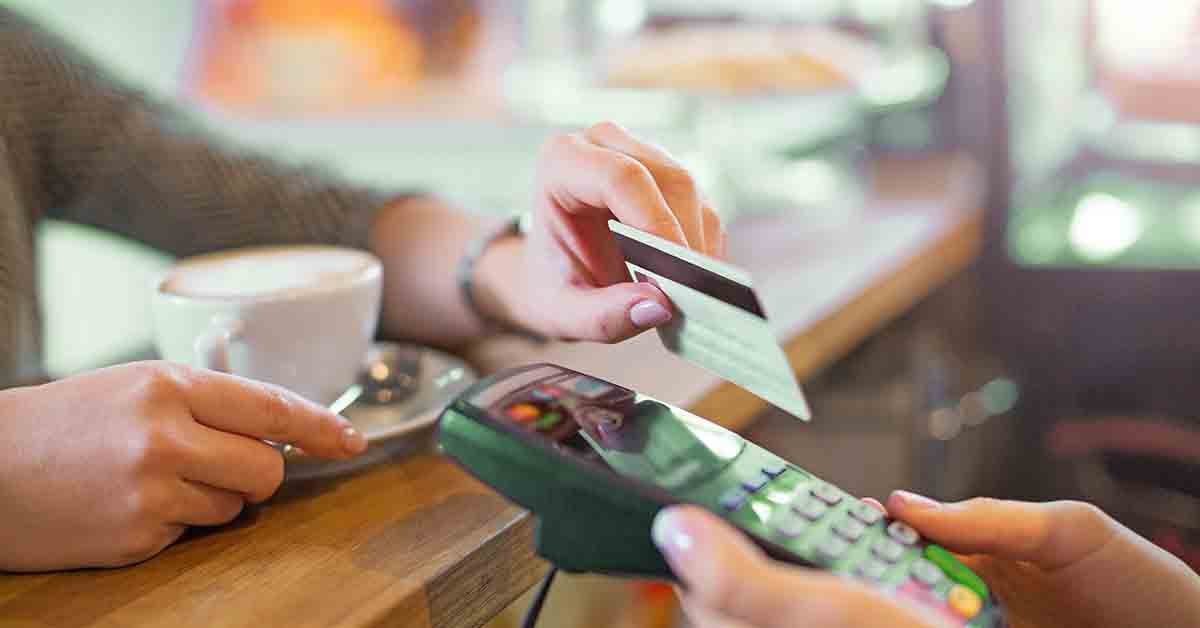You can use a debit card at an ATM to withdraw cash from a checking account, or to pay for goods and services at businesses that accept your bank’s card type.
If you have a checking and savings account at the same bank, your debit card can be used to make an ATM withdrawal from either account. Transactions can also be processed with a PIN (personal identification number) or with a signature.
To be clear, a debit card is not just an ATM card. Most banks have switched to issuing debit cards instead of only ATM cards. ATM cards can only be used to withdraw from an ATM. Debit cards can function like an ATM card and can be used for point-of-sale transactions.
Are debit cards and credit cards the same?
No. A debit card is not a credit card.
They look similar, but they function differently. A credit card has a line of credit attached to it. When a purchase is paid for with a credit card, it is deducted from the available credit and the account holder may be charged interest on the purchase. The card holder will either pay off the balance every month or make at least the minimum payment toward the balance every month. When a debit card is used to pay for a transaction, the amount is deducted from the available balance of the account and there’s no interest charge.
It’s possible to overdraw an account with a debit card, so it’s important to understand your bank’s overdraft options. Since you may have a debit card and a credit card through the same bank, many banks will print the word “debit” on the debit card and the card designs may differ as well. For instance, a debit card will contain the following information:
- Name of the bank
- Card number
- Expiration date
- Account holder’s name
- Payment processor’s logo
- A chip (if it’s a chip-enabled card)
Chip debit cards have a chip that provides increased security by encrypting information when the card is used during a transaction or at an ATM†. The back of a chip card will have:
- A magnetic strip that contains banking information
- A place for the card holder to sign the card
- Contact information for the bank
- A CVV (card verification value) number
The CVV number is another security feature and is used during “card not present” transactions, like when someone purchases something online. It’s a 3- or 4-digit number and the CVV number is not electronically stored in the same place and manner where the card number and expiration date are stored. If there’s a security breach, stolen card numbers and expiration dates cannot be used with merchants that require the CVV number‡.
How can you get a debit card or bank card?
Typically, your bank will issue a debit card when you open a new checking account. You may be able to get a custom debit card with a design that reflects your personality.
If you open a new account in a branch, the bank may provide a temporary card in the branch and then mail the debit card to you. The card and the PIN will arrive separately in the mail.
After you receive your debit card, you will need to activate your debit card before you can use it. Before using your new debit card, transfer any funds from other accounts to your checking account and set up online banking. This will help you understand your checking account balance and provide helpful tools that will help you set a budget, track your spending and reach your savings goals.



